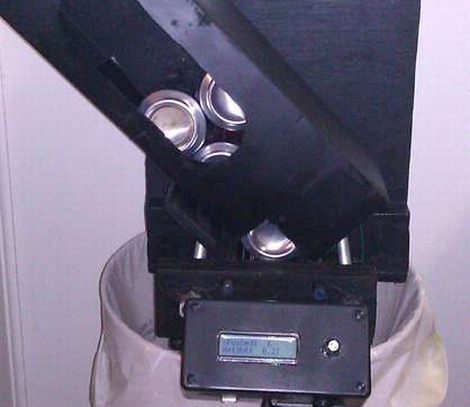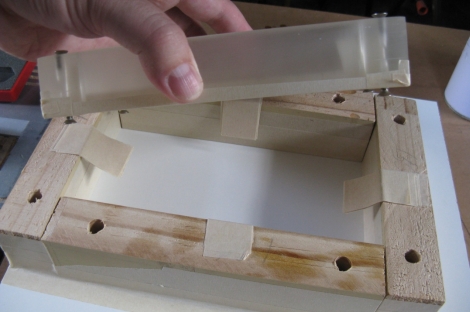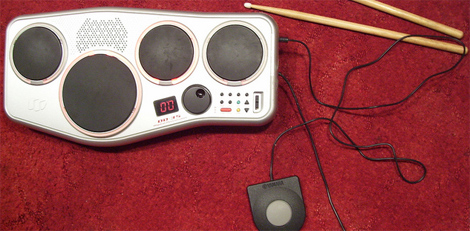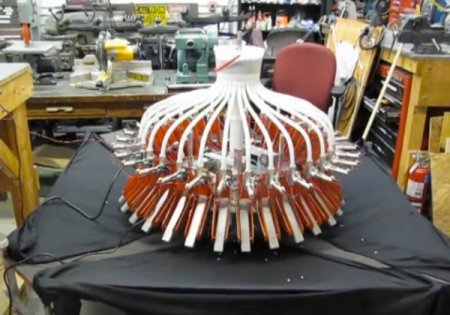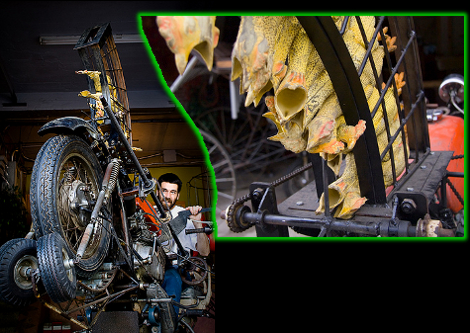
Those who frequently work with them will tell you that rubber chickens are actually pretty heavy. You’re not going to do much damage chucking them by hand and that’s why you need your own rubber chicken launcher. This most-excellent magazine-fed foul-flinger was built by artist [Sean Pace] as a senior project while working toward his fine arts degree at UNC Asheville. He reused the rear end of a motorcycle, purposing the spinning wheel to grab the birds out of an in-feed channel and fling them much like a mechanical football launcher would. It kind of makes us wonder if you could do the same thing with a pneumatic football launcher?
[Sean’s] contraption is built on a stationary base, but in the video after the break you can see it firing from a flatbed truck. Seems somewhat like a whimsical warthog if you’re a Halo fan.

